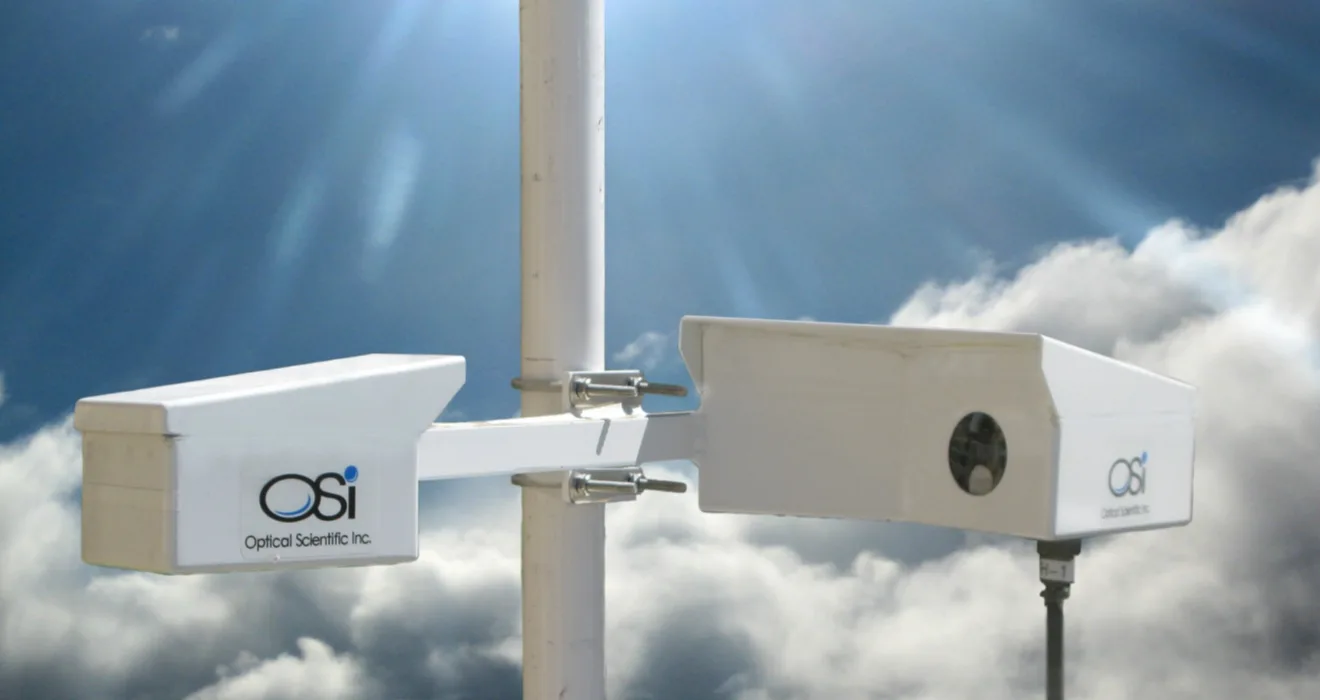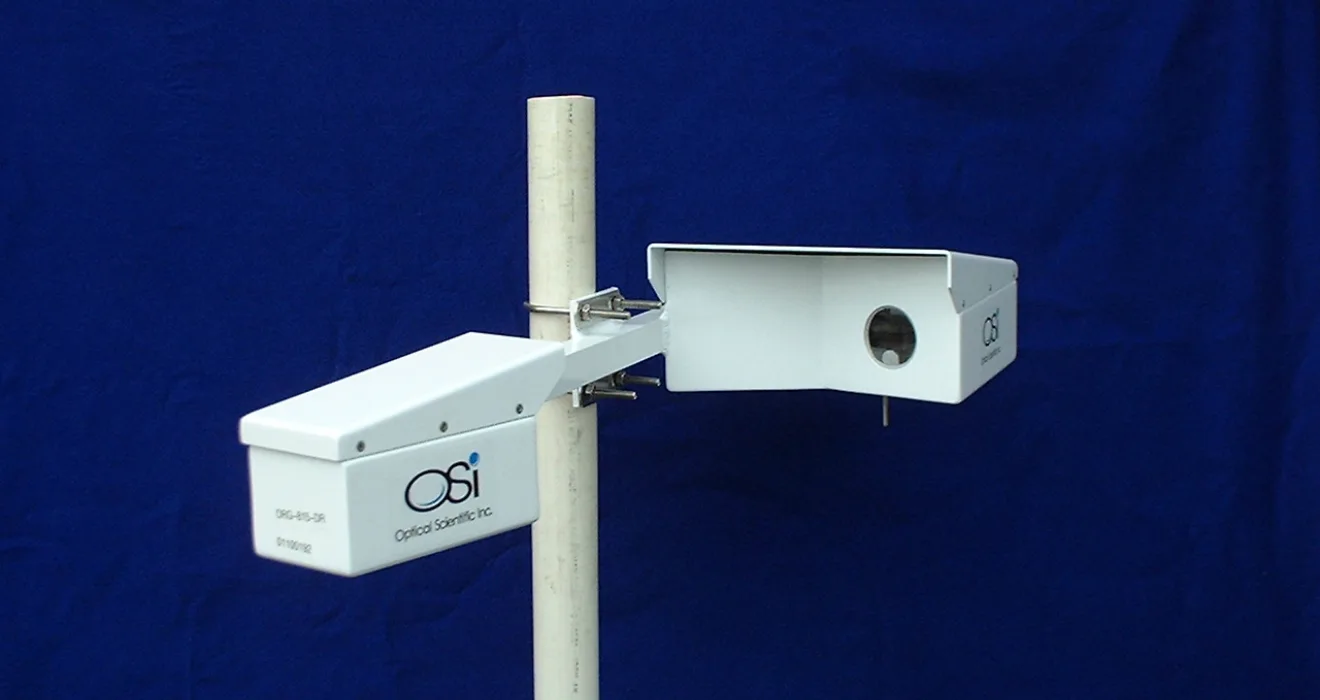Cost-Effective Weather Monitoring: Why Airports Should Invest in FAA Certified Automated Weather Observing Stations (AWOS)?

In the aviation industry, precise and timely weather data is critical for ensuring the safety and efficiency of flight operations. Airports around the world depend on accurate weather forecasting and monitoring to make informed decisions regarding aircraft arrivals, departures, and overall operational safety. One of the most reliable and cost-effective ways for airports to gather real-time weather data is through the installation of FAA-certified Automated Weather Observing Stations (AWOS). These automated systems offer a multitude of benefits, ranging from accuracy in weather reporting to cost savings and operational efficiency.
In this blog, we will explore why airports should invest in FAA-certified AWOS for weather monitoring, focusing on their operational advantages, long-term cost-effectiveness, and the critical role they play in ensuring safety in aviation operations.
What is an FAA Certified AWOS?
An Automated Weather Observing Station (AWOS) is an advanced meteorological tool used to collect weather data at airports. It provides continuous, real-time observations of essential weather parameters such as temperature, humidity, wind speed and direction, visibility, barometric pressure, and more. FAA-certified AWOS systems comply with the standards set by the Federal Aviation Administration (FAA) for ensuring the accuracy, reliability, and consistency of weather data used in flight operations.
FAA-certified AWOS systems play an essential role in airport operations, especially in providing pilots with current weather conditions at the airport. These stations are capable of producing automated weather reports (METARs), which are transmitted to both pilots and air traffic controllers to facilitate safe flight planning and execution.
The Benefits of Investing in FAA Certified AWOS
1. Enhanced Safety in Aviation Operations
The primary function of any weather monitoring system at an airport is to enhance safety. AWOS ensures that both pilots and ground controllers have access to real-time weather data, which is critical for making informed decisions about flight departures, arrivals, and runway conditions. With accurate and continuous weather updates, airports can significantly reduce the risk of weather-related accidents, which are a leading cause of aviation mishaps.
The FAA certification ensures that AWOS systems meet stringent requirements for accuracy and reliability, offering consistent, high-quality weather reports. The availability of this information helps to avoid dangerous situations such as sudden changes in wind patterns, fog, or other hazardous weather conditions that could affect a flight’s safety.
2. Cost-Effectiveness and Long-Term Savings
Investing in an FAA-certified AWOS offers significant long-term savings for airports. While the initial cost of installation may seem substantial, the operational cost of maintaining and running an AWOS system is relatively low. Automated systems require minimal human intervention, reducing labor costs associated with manual weather observation. Additionally, AWOS can continuously provide accurate weather data without the need for frequent calibration, thus lowering maintenance costs.
Moreover, AWOS allows airports to make better-informed decisions regarding scheduling and resource allocation, potentially avoiding delays, cancellations, or diversions caused by inaccurate weather reporting. The economic efficiency gained from preventing operational disruptions can more than justify the initial investment in weather observing systems.
3. Compliance with FAA and International Standards
For airports, especially those in the United States, FAA certification is not just beneficial but often mandatory. FAA-certified AWOS systems comply with the standards outlined in FAR 91.171 and FAR 91.175, ensuring that airports meet the required weather reporting criteria for the safety of aircraft operations. These standards are designed to ensure that pilots have the necessary information to safely operate flights, especially during low visibility conditions.
Internationally, airports with FAA-certified AWOS systems align with the ICAO (International Civil Aviation Organization) standards, further ensuring that they adhere to global safety and reporting norms. This is especially important for airports involved in international aviation traffic or for those that aim to maintain a high level of operational integrity.
4. Improved Flight Planning and Efficiency
AWOS data, delivered in real-time, supports accurate flight planning, helping airlines determine whether to take off, land, or delay flights based on weather conditions. This improves overall airport efficiency by helping airports better manage air traffic. Weather conditions such as wind speed, temperature, and visibility can impact takeoff and landing procedures. With accurate weather data from FAA-certified AWOS, flight crews can make better decisions, reducing unnecessary delays and improving fuel efficiency.
Moreover, since AWOS systems are automated, they can operate 24/7, ensuring that weather data is always available, even during times of limited staff availability. This continuous operation helps airports provide services to a wide range of airlines, particularly those operating late-night or early-morning flights.
5. Seamless Integration with Air Traffic Control Systems
FAA-certified AWOS systems are designed to seamlessly integrate with air traffic control systems (ATC). The data collected by AWOS stations can be easily transmitted to ATC facilities, providing controllers with the most up-to-date weather reports for decision-making. This integration enhances coordination between pilots, ground crews, and ATC, improving the overall flow of air traffic in and out of the airport.
Additionally, the automated nature of AWOS allows for the reduction of human error in weather reporting, ensuring that air traffic controllers and pilots are relying on accurate and real-time weather data for their decisions.
6. Support for Weather-Related Alerts and Warnings
AWOS stations also support the generation of automated weather alerts. For example, if a specific weather threshold is crossed, such as wind gusts exceeding a certain speed or visibility dropping below a certain level, the AWOS system can trigger an alarm. This automated alert system ensures that all personnel involved in flight operations are promptly informed about any significant weather changes that could affect airport operations.
7. Reduced Dependence on Human Observers
Historically, airports relied on human observers to manually record weather data, a process that was not only time-consuming but also prone to errors. The automation provided by AWOS systems significantly reduces the reliance on human observers and the potential for data inconsistencies. Automated weather reports are more accurate and consistent, reducing the possibility of mistakes that could jeopardize the safety and efficiency of flight operations.
This shift to automation helps airports optimize their workforce and ensure that human resources are utilized for more critical tasks, ultimately improving operational efficiency.
Cost Breakdown of FAA Certified AWOS Systems
Although the upfront costs for installing an FAA-certified AWOS system can range from $100,000 to $500,000 depending on the size and complexity of the installation, the overall return on investment (ROI) is substantial. The system requires relatively low maintenance and can operate for many years without needing significant repairs or upgrades.
Further, the reduction in operational costs from the elimination of manual weather observation and the improvements in flight scheduling, safety, and air traffic management result in substantial cost savings in the long run. The ability to predict adverse weather conditions in advance and make proactive decisions about flight schedules can save airports significant amounts of money in delays, cancellations, and diversions.
Conclusion
In the modern world of aviation, where efficiency, safety, and cost-effectiveness are paramount, FAA-certified Automated Weather Observing Stations (AWOS) provide a robust solution for airports seeking reliable and accurate weather monitoring. The enhanced safety, long-term cost savings, compliance with international standards, and improved operational efficiency make AWOS an essential investment for airports of all sizes.
By investing in these advanced systems, airports can reduce their reliance on human observers, improve their overall operational performance, and provide better services to airlines and passengers alike. The ongoing benefits in safety, efficiency, and cost-effectiveness make AWOS an indispensable part of modern airport infrastructure, ensuring that airports stay ahead in a competitive and safety-conscious aviation industry.
Enhance airport safety and efficiency with FAA-certified Automated Weather Observing Stations (AWOS) from us. Our advanced weather monitoring solutions deliver real-time, precise data to support flight operations, reduce delays, and ensure compliance with FAA standards. Invest in a cost-effective, reliable AWOS tailored to your airport’s needs. Contact us to learn more about our cutting-edge weather monitoring technology!


